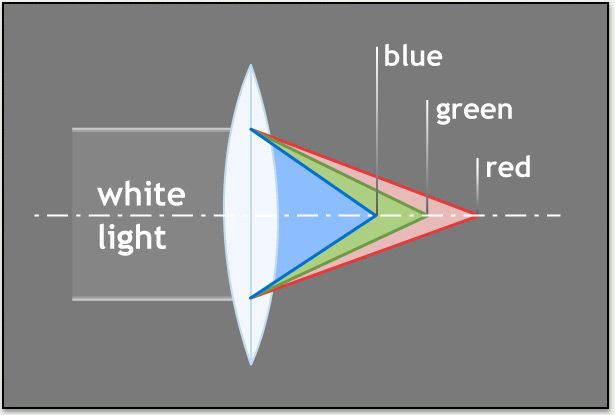I think he's not getting his point across quite right, guys.
He's right, in that a smaller wavelength can be focused into a smaller pinpoint. That's not the "beam quality" that we all have come to know, though.
The reason blu-ray has a higher storage density is because it can be focused to a smaller spot; therefore smaller pits and lands, and higher data density. That's also why 650nm was used for DVD vs CD's 780nm. With each reduction in wavelength, we get a closer focal point or 'beam waist', and a smaller spot.
That's -probably- what he's getting at: "Why are shorter wavelengths used in blu-ray vs longer wavelengths in CD and DVD to get more storage density".. That's what it sounds like at least.
This isn't the same as "beam width at aperture" or DPSS vs diode beam profiles. (BenM, I know you're fully aware of that, i'm not really replying to you; i'm just trying to demonstrate how he may be able to show this.)
He is correct, it's just that it's not something that we ever tend to care about (minimum width of focal point) in our daily hobbyist laser lives.
Braaksma, a good way to prove this experimentally would be to use diffraction gratings. Smaller/shorter wavelengths (towards blue) should produce diffractive spots that are closer together, whereas longer wavelengths (towards red) will bend more, and cause the distance between dots to be greater; a spread out pattern.
Diffraction grating - Wikipedia, the free encyclopedia
Scroll down to "Gratings as Dispersive Elements".
Notice how in the picture here:
the shorter wavelengths (blue, violet) are on the inside of the zero mark (source) to either side, and the longer (orange, red) wavelengths appear at the outside of the span.
This shows that when being passed through an element, shorter wavelengths disperse less, allowing for a less spread-out focal point.
Another place to look for reasonable material on this would be articles on chromatic aberration.
http://en.wikipedia.org/wiki/Chromatic_aberration
This explains the tendency of different wavelengths to have different focal lengths after passing through an element; wavelengths towards blue (shorter) having a shorter focal length.
Whatever you do, don't use wikipedia as a source, though!!! Nothing else makes a professor or teacher angry so easily.






